Designed for maximum convenience
An everyday carry or EDC flashlight is a small, lightweight flashlight that can be carried with a minimum of effort and discomfort to put portable illumination in arm’s reach anytime, anywhere. It packs a serious punch to get your out of the dark though it may be small enough to fit in the palm of your hand and can easily be carried in a pocket, purse, backpack, or even on a keychain. All flashlights with exceptional portability can be marketed as everyday carry flashlights and they can include pocket lights, keychain lights, and pen lights. EDC flashlights are designed for maximum versatility in serving a variety of household, workplace and recreational needs. They have enough power and functionality to accomplish day-to-day tasks, whether you’re walking your dog at night, finding a fallen object under the car seat, navigating a dark route, or producing visibility in the event of a power outage.
Capitalize on high flux density LEDs
EDC flashlights come in either slim or compact designs that make them easy to carry and fit comfortably in your hand. The small footprint design has been enabled by advances in LED-based solid-state lighting technology underlying the miniaturization of the light source. LEDs produce light by exciting electrons from the conduction band to recombine with holes from the valence band of a semiconductor active (light-emitting) layer. The radiative recombination process produces monochromatic light that is partially converted by a phosphor down-converter to deliver the required spectrum. All the processes necessary to the production of white light, including radiative recombination, wavelength conversion and color mixing, occur within a small semiconductor package with a footprint size less than 7 x 7 mm. The high efficiency conversion from electrical to optical power with semiconductor electroluminescence allows a discrete LED package to produce a substantial volume of lumens. The Cree XLamp XM-L3, for example, delivers up to 1,860 lumens with a 5 A maximum current rating. Reduced source size also results in a scaling down of the optical system that controls the distribution of the emitted light.
Chip technology
While they are small enough to be taken virtually anywhere, LED flashlights designed for effortless one-handed use don’t compromise on performance thanks to the use of high flux density LEDs. EDC flashlights can be as powerful as general purpose flashlights and crank out up to 3,000 lumens of bright white light with a throw of up to 800 feet, although most products have much smaller lumen packages in the range of 50 to 1,000 lumens. A fixed beam pattern regulated by a reflector is common to EDC flashlights but the spot-to-flood beam adjustment feature may be found on some products. The white light that is usually in cool white or neutral white is typically produced by a high power LED which attaches the LED chip to a metallized ceramic substrate. Ceramic packages offer significantly improved color stability and lumen maintenance over plastic LED packages and have been the workhorse for applications where high flux is needed from a small light emitting area. Many LED flashlights take advantage on Cree’s industry-leading high-power ceramic technology which grows the active device layer epitaxially on silicon carbide (SiC) for remarkably reduced density of threading dislocation. Reduction in epitaxial defects in turn improves LED efficacy and extending LED life.
Drive current regulation
LED lighting requires a constant current power supply to ensure that the LED maintains a stable lumen output. The application of excessive forward voltage or current can lead to a catastrophic failure of the LED. The current regulation requirement imposes special considerations on the driver circuit which must provide constant current to an LED within a specific voltage range and prevent an excessive current from flowing through the load. A switching or linear regulator may be used to provide tight regulation and control on power provided to the LED load regardless the changes in battery voltage and LED forward voltage. The constant current LED driver circuit may be designed to allow dimming of the connected LED module so that the flashlight can operate with the versatility of different lighting modes such as high output, medium output, low output, and strobe for emergencies. Some products are designed with full range dimmability for an infinitely variable output through either pulse-width modulation (PWM) or constant-current reduction (CCR). A microcontroller may be used to work in tandem with the control circuitry for implementation of the user interface.
Battery technology
EDC flashlights are available with various power source options, including primary lithium/alkaline batteries (AAA alkaline, AA alkaline, CR123A lithium) and secondary lithium batteries (14500, 16340, 18650, 21700, etc.). The economics of lithium batteries has changed to the point that they significantly outperform alkaline batteries in total cost of ownership (TCO) and energy capacity. This makes them the battery of choice for most flashlight applications. Lithium-ion batteries have many advantages over nickel-cadmium (NiCd) and nickel metal hydride (NiMH) batteries. They have a very high energy density, a very low self-discharge rate (consequently, a long shelf life), long cycle life, excellent deep cycle performance, and high charging efficiency.
Battery management system (BMS)
Lithium-ion batteries, however, are tolerant to abusive conditions such as over-charge, over-discharge, short-circuiting, overheating and mechanical damage. Additional protective circuitry is therefore required to monitor and control battery operation. In addition to using removal cells, some rechargeable products are designed with built-in Li-ion batteries. Lithium polymer (LiPo) batteries, which are Li-ion batteries but use gel electrolytes, can be formed into any desired shape to facilitate a compact product design. Rechargeable flashlights generally have a built-in micro-USB charging port that makes it convenient to replenish the batteries.
Ingress protection (IP)
EDC flashlights come in rugged aircraft-grade aluminum construction or tough polymer construction to ensure impact resistance up to 2 m. Simple intuitive controls allow for foolproof operation under even the most stressful conditions. On/off switching and mode sequencing may be accomplished with push buttons, linear sliders, magnetic switches, and/or rotating heads. Outdoor and tactical applications require the flashlights to be sealed against the ingress of water and dust. The ergonomically designed housing provides for a comfortable grip and slip-resistant feel. A removable pocket clip keeps the flashlight quickly accessible and secured.

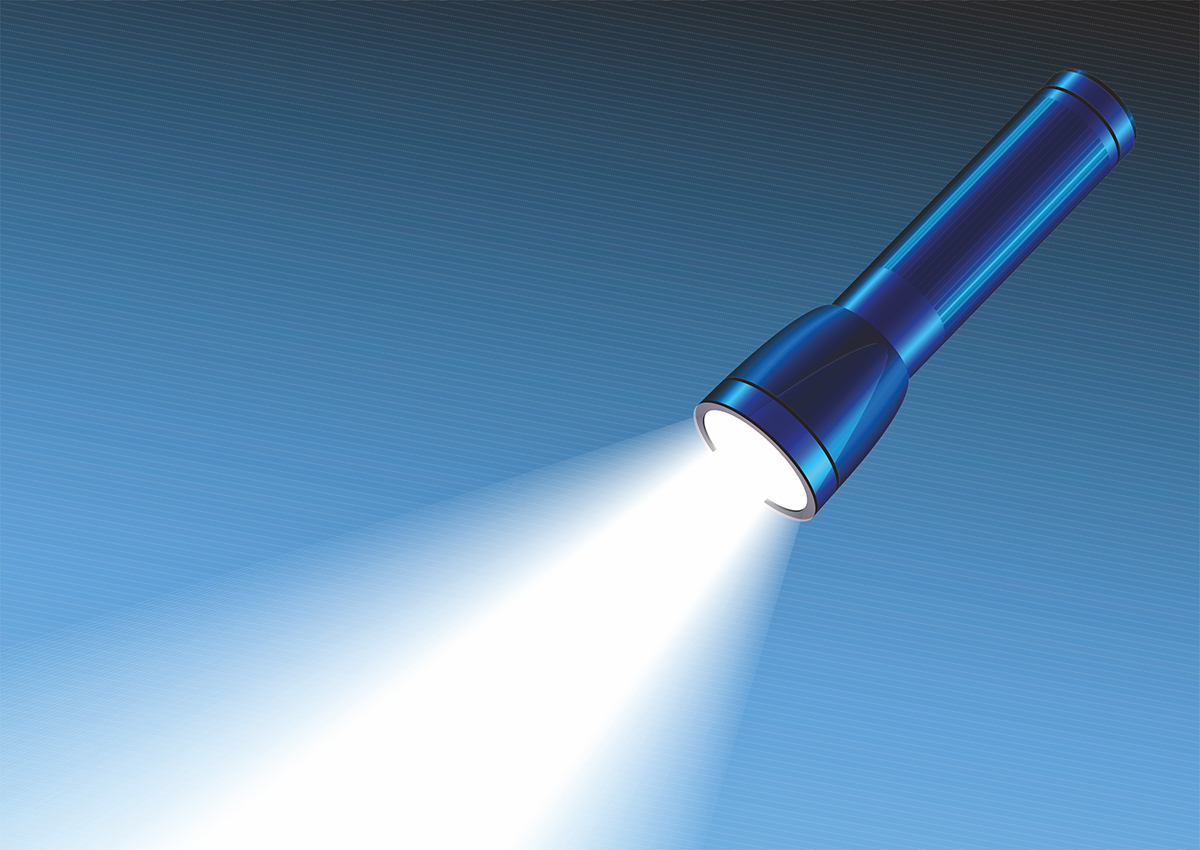
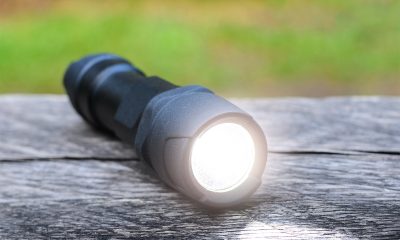

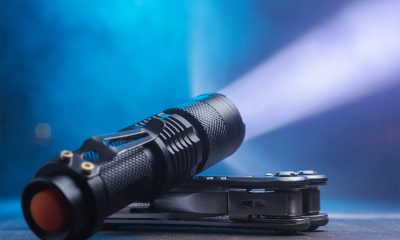

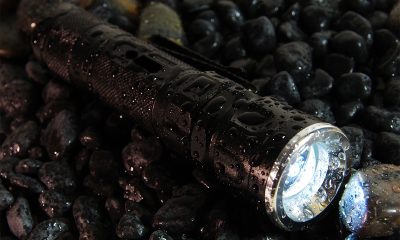
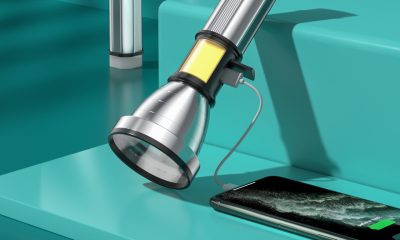









Loading...